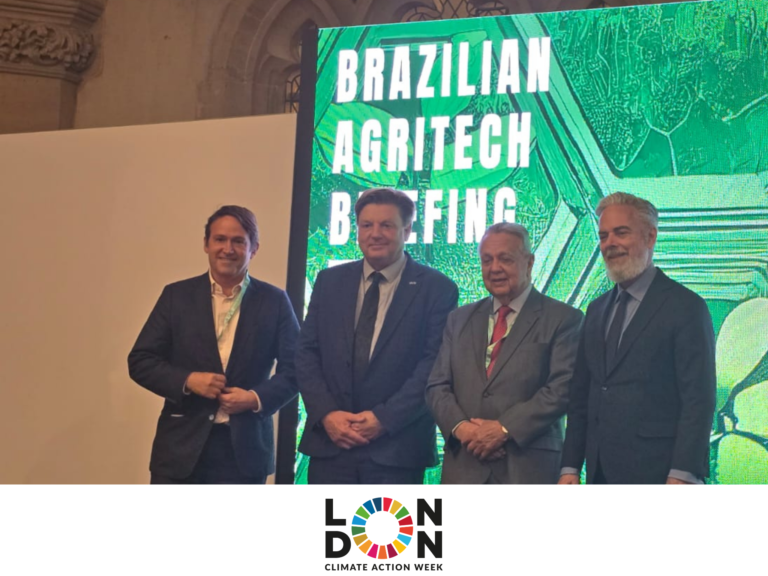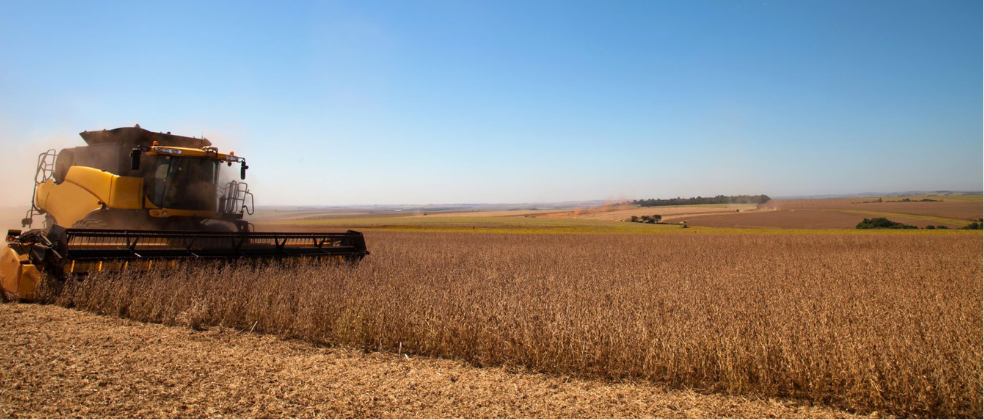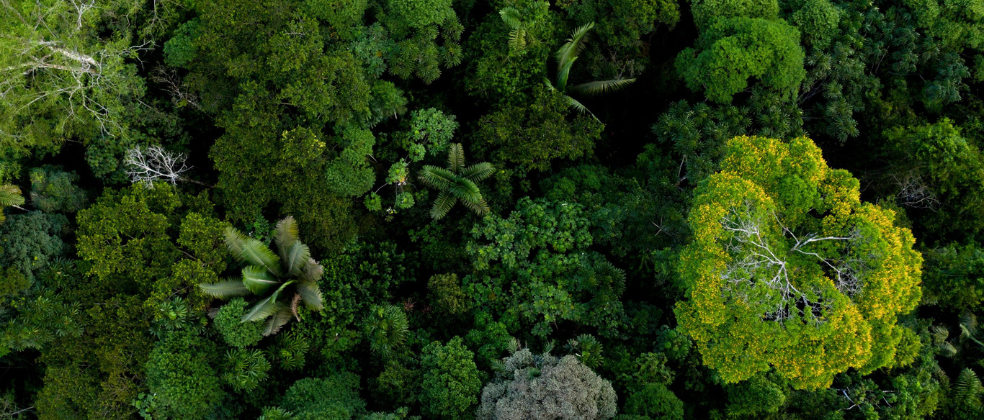We are pleased to announce that Pedro Moura Costa has joined the Forest Trends Fellows Program.
Together with partners around the world, Forest Trends pioneers innovative finance for conservation, promoting healthy forests, sustainable agriculture, clean water, robust climate action, biodiverse landscapes, and strong communities.
For over 30 years Pedro has been involved in all aspects of climate policy, carbon finance, and GHG mitigation projects, and through the Fellows Program will help Forest Trends deliver its mission to build an economic engine behind conservation.
“Forest Trends is excited to welcome Pedro to our Fellows program, an extraordinary group of change-makers and visionaries who help us stay on the cutting edge of environmental markets and conservation. His global experience in climate policy, carbon finance, greenhouse gas mitigation projects, and entrepreneurial track record will be an asset to both our organizational strategies and initiative-specific research. His experience with climate policy in Brazil is particularly helpful to our work there as President Luiz Inacio Lula da Silva reprioritizes environmental protection and indigenous rights.” Michael Jenkins, Founding President and CEO, Forest Trends.
“It’s never been so important to find innovative ways to fund and protect forests, both for their ecological and climatic role. Having been involved in designing the new Tropical Forests Forever concept, a collaboration with Forest Trends will be important in promoting this initiative further. I’m thrilled to be joining this program now, and looking forward to working alongside the wealth of talent and expertise within this group.” Pedro Moura Costa.





